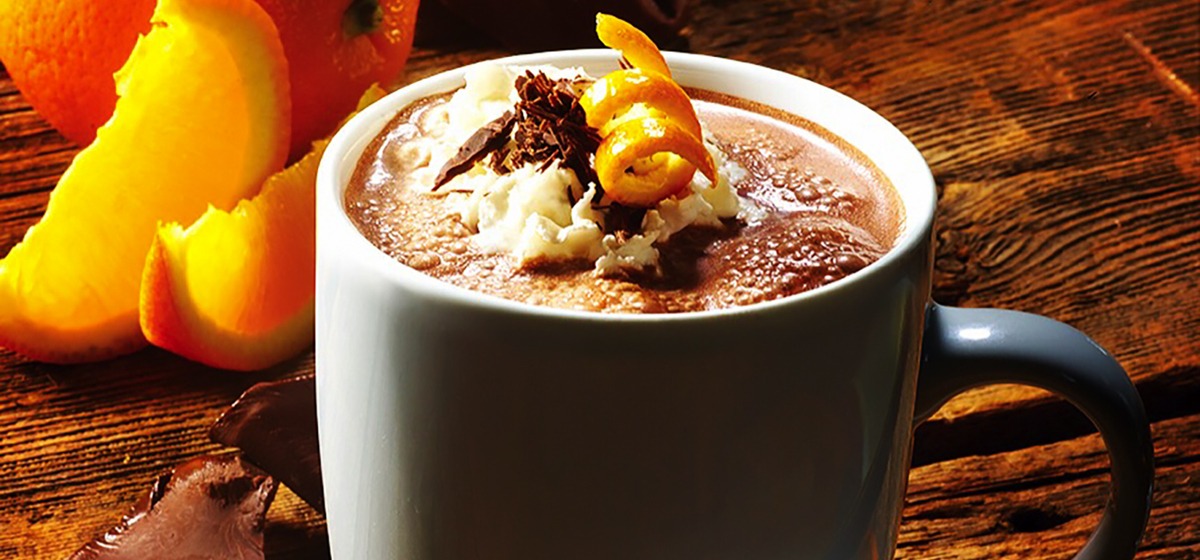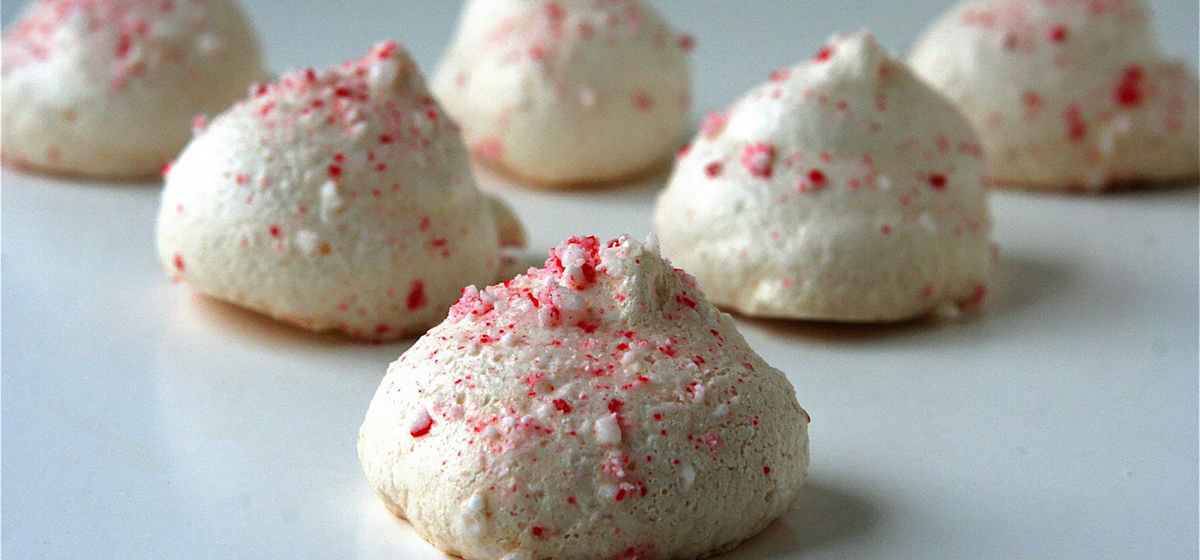Along the North Shore of Oahu in the town of Laie, is one of Hawaii’s most popular attractions, The Polynesian Cultural Center (PCC). Set on 42 acres, this theme park and living museum has seen over 32 million visitors since it opened in 1963. While we had visited Oahu before, we had missed this gem. On a recent return visit, we spent a day at the Center and found it richly rewarding in entertainment and education.
The term Polynesia comes from two Greek words meaning “many” and “islands.” The region is made up of more than 1,000 islands scattered over the central and southern Pacific Ocean. The indigenous people who inhabit the islands of Polynesia are termed Polynesians, who share many similar traits including language, family, culture, and beliefs. Historically, they had a strong tradition of sailing, using stars to navigate at night. Geographically, the region is represented as The Polynesian Triangle, formed by connecting New Zealand, Hawaii, and Easter Island.


The religious attributes of Polynesians were common over the whole Pacific region. While there are some differences in their spoken languages they largely have the same explanation for the creation of the earth and sky, for the gods that rule aspects of life and for the religious practices of everyday life. Beginning in the 1820s large numbers of missionaries worked in the islands, converting many groups to Christianity.
Missionaries from The Church of Jesus Christ of Latter-day Saints (popularly called the Mormons) arrived in the Sandwich Islands (Hawaii) in 1850. By 1865, the LDS Church had purchased the 6,000-acre plantation that encompasses all of Laie. The center was opened in 1963 as a way to provide employment and scholarships for students at BYU-Hawaii and to preserve the cultures of Polynesia. It has its roots in 1940s and 1950s hukilau and luau beach gatherings to earn money to rebuild a local chapel belonging to the LDS Church, which had been destroyed in a fire. Seventy percent of the center’s approximately 1,300 employees are students at BYU-Hawaii. PCC profits fund various scholarship programs at BYU–Hawaii.

Hawaii – Learn to tell stories with your hands. Learn some basic hula movements, and also discover the deeper commitment hula students make to their art, the intricacies of the motions, and the heritage of the hula implements and instruments.
Gain insights into the ancient kapu, or taboo system, which meant men and women ate in separate houses. Learn how the purple root taro is harvested, cooked, and turned into the staple food, poi (and sample some). Observe how women craft leaves into beautiful Hawaiian leis and other useful items.

See real-life living quarters, cooking huts and a chief’s home, all built without nails. And then, get a taste of real Samoan food, prepared throughout the day (even help prepare it).
Fiji – Ever heard of a lali (translated: log drum)? Discover its cultural significance. You can even give it a try, unless you’re too busy checking out the wide array of devastating clubs and weapons native to the Fijiian culture. Beware, you’ll discover some mean-looking military hardware. After all, the Fijiians took war very seriously.
Natives will help you understand what the cowry shells on a structure’s roof really mean, and who can enter such a building. Here’s a clue – you better be the village chief.

Learn why the Tahitians make both fragrant flower and beautiful shell leis. Then, if you want to sample a gourmet delight, stop by the cooking hut for Tahitian coconut bread.
Tonga – There’s no such thing as a little drum in Tonga. The popular Tongan presentation introduces Tongan ta nafa or drumming. With any luck, you’ll be called on stage to demonstrate your sense of rhythm on the oversized native drums. At the same time, learn the simple, yet graceful motions of a mauluulu sitting dance, as well as the difference between clapping with a pasi or a fu sound. Sound complicated? It’s actually fun. A whole lot of fun.
Another visitor favorite? The Tongan shuffleboard game, called lafo. Can you beat the villagers? Not likely. Afterwards, try your accuracy with tolo, underhanded spear throwing.

Test your dexterity (or lack thereof) by twirling poi balls and playing tititorea, a Maori stick game designed to develop hand-eye coordination.
The Polynesian Cultural Center has a lagoon that hosts canoe tours through the day and an exciting Canoe Pageant each afternoon. You can also enjoy an immersive cinema presentation Hawaiian Journey, a tribute to the splendors of Hawaii. There is the Hukilau Marketplace to shop for various Polynesian centered handiworks, clothing, jewelry and treats. In the evening, attend a luau to learn about Hawaii’s royalty while enjoying traditional Hawaiian food and entertainment. Then, end your day by attending the show Ha: Breath of Life, featuring over 100 performers and the thrill of Samoan fire knife dancing.

Our family found the Polynesian Cultural Center to be the most memorable experience of our trip. We loved the rhythm and music of the Polynesians, plus the performances, activities, and attire are family friendly (something we can’t say for all the luau experiences on the island). We chose to purchase the Super Ambassador package; and while it seemed a little “pricey” compared to the other packages, it provided us with our own amazing tour guide who was assigned only to us. He shared personal knowledge and helped us see much more than we could have on our own in a single day. In addition to guiding us through the center and keeping us on a timeline, he reserved front row seats for us at all the performances! If you’re looking for a way to wow someone at Christmas, tickets to Hawaii and the Polynesian Cultural Center should do it!



